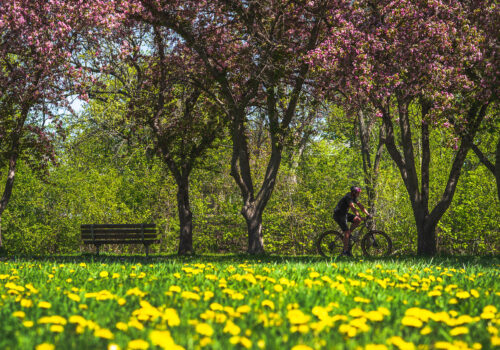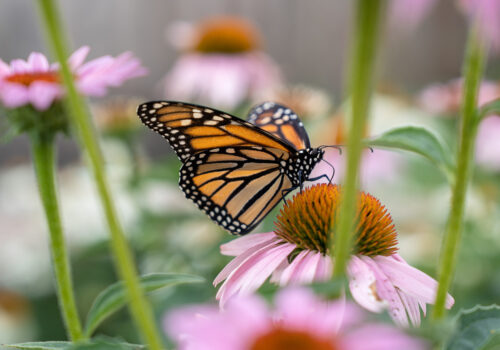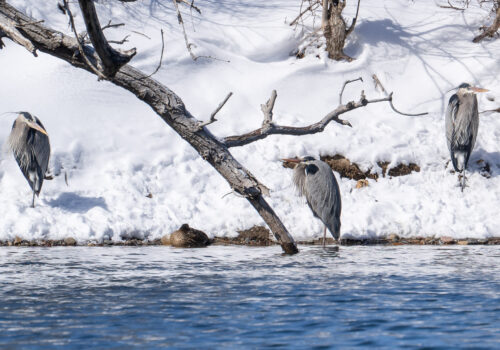Exploring the Plant Ecology of the Mississippi River Gorge with Carolyn Carr (Video)
On the entire stretch of the Mississippi River, there is only one gorge. Located in the heart of the Twin Cities, this geological formation was formed over thousands of years as an enormous waterfall cut back a soft layer of sandstone underneath shale and limestone that would break off as it retreated.
The gorge provides crucial habitat for migrating birds and waterfowl, fish, pollinating insects, and other critters. It is also part of the home of the Dakota people, the traditional stewards of this land. Habitats like bluff-top prairie, oak savanna, and floodplain forests are deeply tied to Dakota roots and those of other indigenous people living, traveling through, or visiting these areas along the river.
Within an urban watershed, the protected gorge provides an oasis of natural habitat and opportunities to connect with the river. The gorge can be accessed via the Winchell Trail, consisting of mostly unpaved trails on the west side of the river south of Franklin Avenue and ending near Minnehaha Regional Park. Staying on existing trails, particularly in steep areas, can help prevent soil erosion.
In the video above, conservationist and local advocate Carolyn Carr tells us about the plant ecology of the 35th Street sand flats — a spot that is a local favorite. When you’re at the sand flats, you can experience a piece of relatively untouched nature and see a diversity of spring ephemerals and wildflowers in bloom. However, as Carolyn points out, invasive plant species like European buckthorn and garlic mustard threaten the ecological health of the gorge.
The restoration of this area began at a nearby remnant of prairie in 1998, when the Longfellow Community Council, Minneapolis Park and Recreation Board (the current land holder), the Mississippi National River and Recreation Area (National Park Service), Minnesota Department of Natural Resources, Great River Greening, local volunteers, and others came together to care for the river gorge’s plant communities. The Mississippi Watershed Management Organization also helped contribute to this effort, and the continued dedication of organizations like Friends of the Mississippi River (FMR) has helped uphold this restoration through natural resource management and volunteer activities.
Since then, thousands of local volunteers have helped in restoring this habitat. You can join them! And even if you cannot volunteer, we can all be a part of protecting water and habitat in our open spaces and yards by planting native plants.
You can learn more about the gorge on the National Park Service website.




